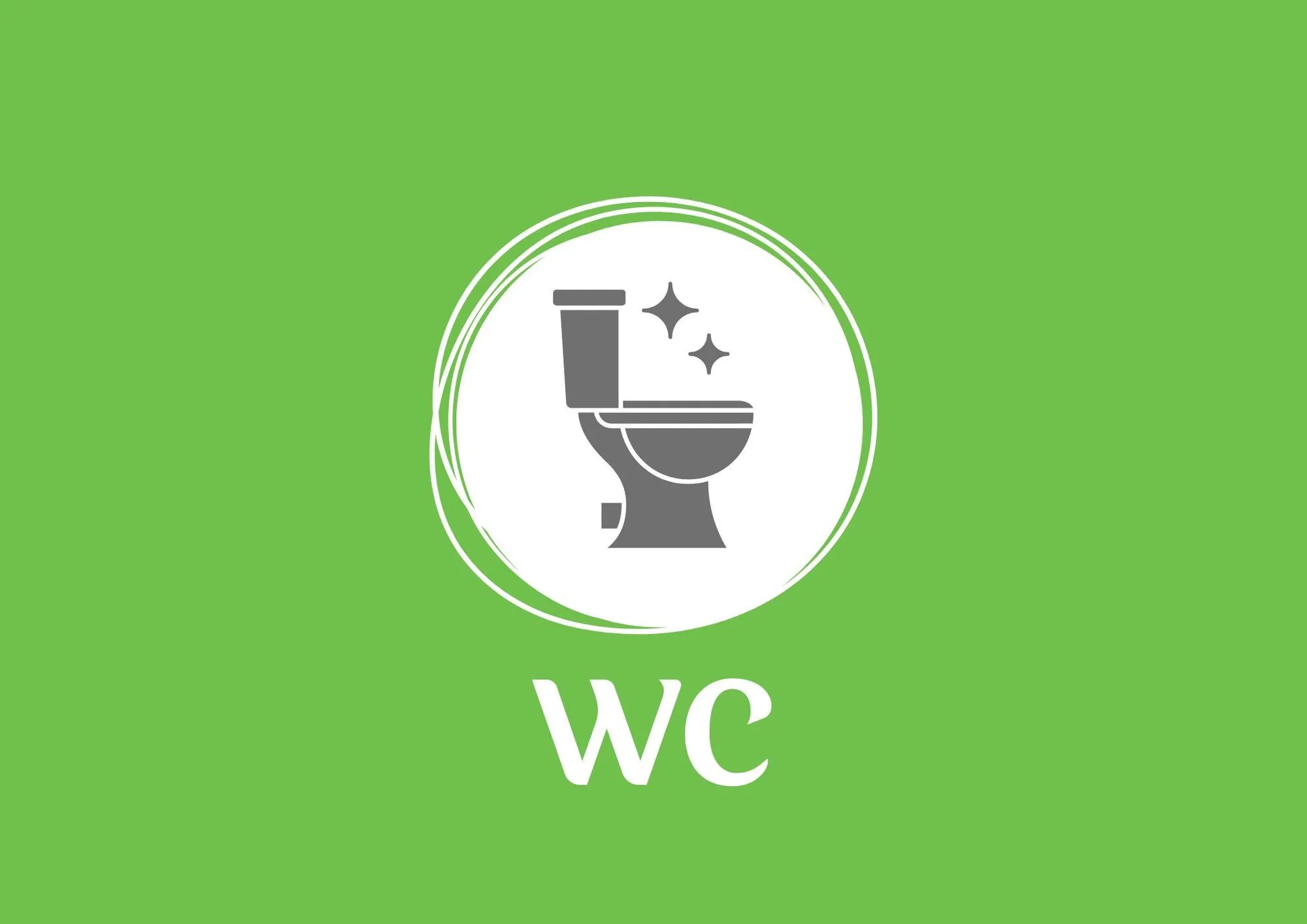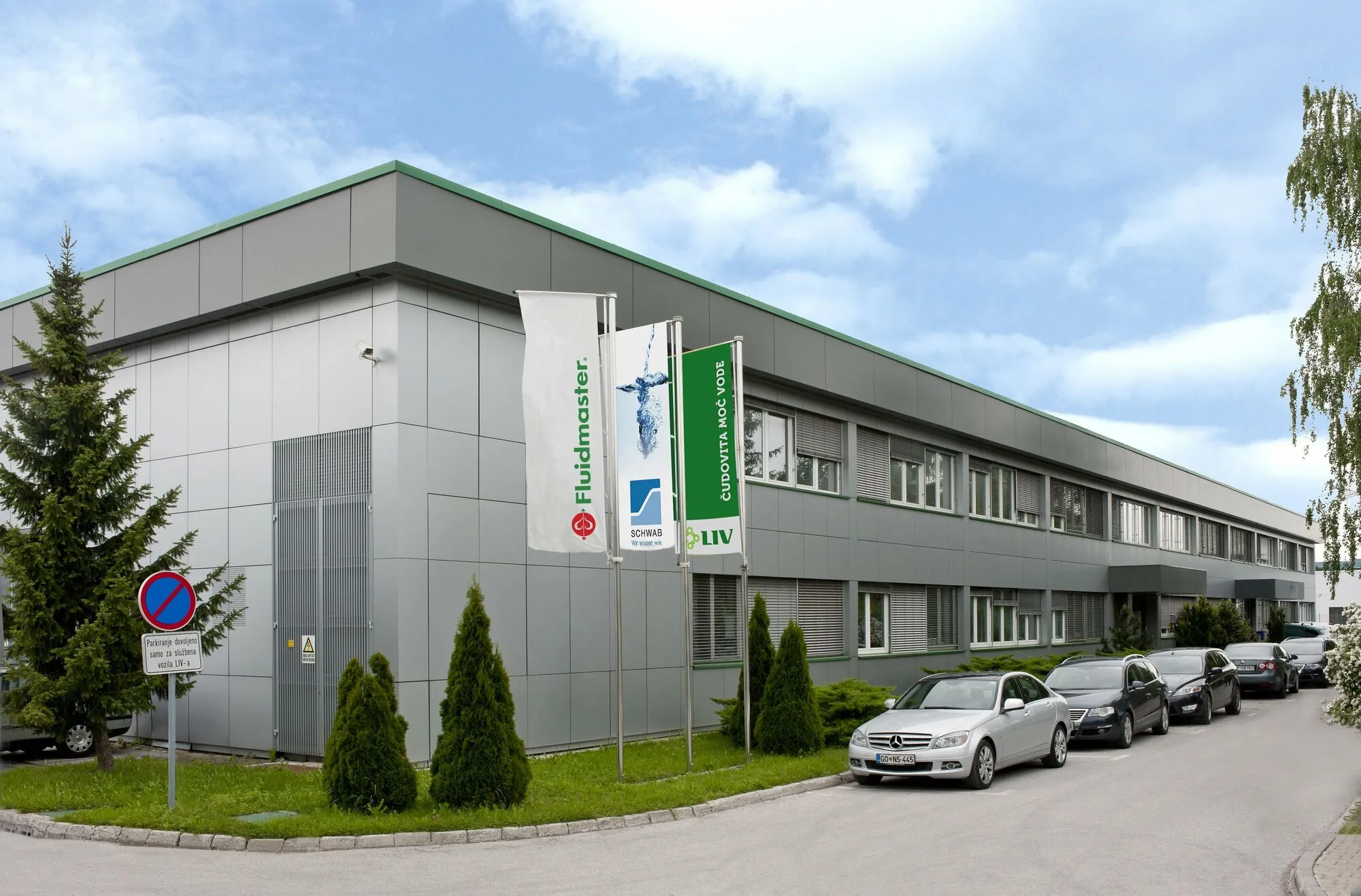
The Story of Two Letters That Changed the World
November 19 – World Toilet Day – is not just a reminder of the importance of hygiene. It’s also an opportunity to look at how a simple symbol like “WC” reveals a piece of human progress.
Today we see it everywhere: in airports, restaurants, hotels, and public spaces. Yet few people know that it’s a relic of 19th-century linguistic history that survived in Europe far longer than in English, the language it originally came from.
The Origin of the Abbreviation WC
Europe Kept It, England Forgot It
Interestingly, after World War II, the term WC almost completely disappeared from everyday English. It was replaced by toilet, restroom, or lavatory, which sounded more modern.
In Europe, the opposite happened – the abbreviation became a universally understood symbol, used from Portugal to Poland. Two letters, spelled the same in almost every language, mean the same thing.
That’s precisely why WC became an international sign that needs no translation. Tourists who don’t speak the local language recognize it immediately – and that is its power.
An Invention That Transformed Public Health
WC as a Cultural Symbol
Although today WC simply means “toilet,” behind it lies a story of social development, language, and culture.
It is remarkable that the term has survived so many changes and become part of our everyday lives – even in the digital world. WC icons are standard in navigation apps, maps, and travel guides. Two letters that once marked a technical innovation have become a global language for a basic human need.
World Toilet Day
On November 19, as we mark World Toilet Day, let’s remember that access to a toilet is still a luxury for billions of people.
More than 3.5 billion people lack safe sanitation – putting them at higher risk of disease, loss of dignity, and inequality.
That’s why this day is not just an occasion for interesting stories about toilets, but also a call to action: to improve access to clean water, sanitation, and hygiene education.
Two Letters, a Century-Long Story
WC is not just an abbreviation; it is a symbol of human progress – from the Industrial Revolution to today’s digital age. It represents our desire for cleanliness, health, and respect for the basic needs of every individual.
Next time you see a WC sign, remember that it’s not just a place – it’s a story of how far we’ve come – and how far we still need to go to make access to a toilet truly universal.
Caring for Water
Water is at the heart of the WC story – and one of our most precious natural resources. At Fluidmaster, we understand this deeply. With advanced technologies and innovative solutions, we help reduce water consumption without sacrificing comfort or efficiency.
Our key solutions include:
🔹 Water-saving and dual-flush systems, which allow users to choose the amount of water used per flush – saving thousands of liters every year.
🔹 Innovative fill and flush valves that prevent leaks and ensure long-term efficient performance.
At Fluidmaster, we work every day to develop technologies that help preserve water as a valuable resource – for a more sustainable future and a cleaner world.
Every drop counts.






